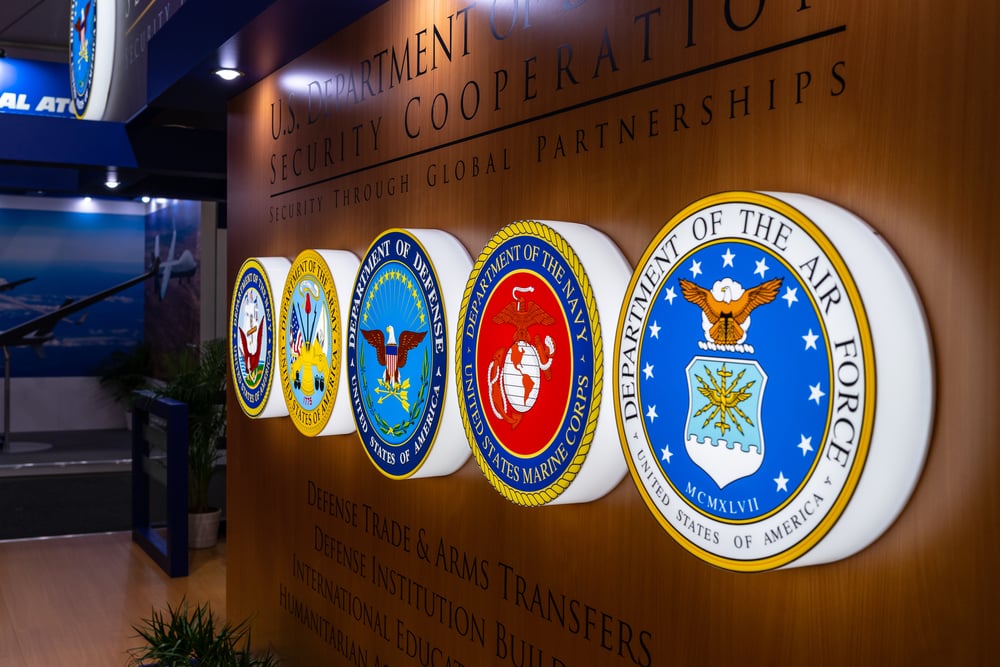by Adrian Bowles
This month the President signed the Executive Order on Maintaining American Leadership in Artificial Intelligence, reaffirming a vital role for the Federal Government in “facilitating AI R&D, promoting the trust of the American people in the development and deployment of I-related technologies, training a workforce capable of using AI in their occupations, and protecting the American AI technology base from attempted acquisition by strategic competitors and adversarial nations.” The EO outlined a set of priorities and six objectives:
- “Promote sustained investment in AI in collaboration with industry, academia, international partners and allies, and other non-Federal entities to generate technological breakthroughs…”
- “Enhance access to high-quality and fully traceable Federal data, models, and computing resources…”
- “Reduce barriers to the use of AI technologies…”
- “Ensure that technical standards minimize vulnerability to attacks from malicious actors…”
- “Train the next generation of American AI researchers and users…”
- “Develop and implement an action plan…”
The Executive Order Supports the Objectives of the 2018 Department of Defense Artificial Intelligence Strategy
“We must anticipate the implications of new technologies on the battlefield, rigorously define the military problems anticipated in future conflict, and foster a culture of experimentation and calculated risk-taking.”
Summary of the 2018 National Defense Strategy of the United States of America
This strategy should directly or indirectly have an impact on almost all aspects of AI R&D in the US in the next decade. With that in mind, here are 4 things everyone who buys, builds, or invests in AI should know about the DOD AI Strategy.
1. What is it?
“The Department of Defense’s (DoD) Artificial Intelligence (AI) Strategy directs the DoD to accelerate the adoption of AI and the creation of a force fit for our time.” Fundamentally, it is a set of directives and objectives that impact all agencies within the DoD. The fundamental premise is that AI has the potential to improve operations and create new defense opportunities, and should be considered in any funding or acquisition activity.
2. How Does It Work?
The Joint Artificial Intelligence Center (JAIC), under the leadership of Air Force Lt. Gen. Jack Shanahan, is responsible for coordinating AI activities across every DoD mission. The JAIC is placing a significant emphasis on interaction with the US academic community, continuing a decades long relationship with leading universities.
3. Why Now?
AI technologies have the power to transform most industries, and certainly to transform the implements and strategies for war. While the investment in AI has been ongoing for decades, recent announcements about AI investments and demonstrations from our primary military challengers – China and Russia – prompted a formal response. This strategy codifies the US approach without significantly changing it.
4. What Will It Cost?
Technically, nothing. The directives in the DOD AI Strategy are unfunded mandates, meaning that no new budget is specifically allocated to the tasks/requirements. The JAIC has referenced significant new AI investments, but these do not represent additional funds beyond the existing budget commitments. It is more a matter of prioritization than allocation.
Postscript: My own research at Northwestern University was supported by a number of grants from the Department of Defense, in particular from the US Air Force and US Navy. Those grants enabled me – and dozens of my colleagues over the years – to focus on basic and applied research and complete our studies in a timely manner. I believe the continued support of academic computer science and artificial intelligence research in the US is critical to maintaining national leadership in these areas.
